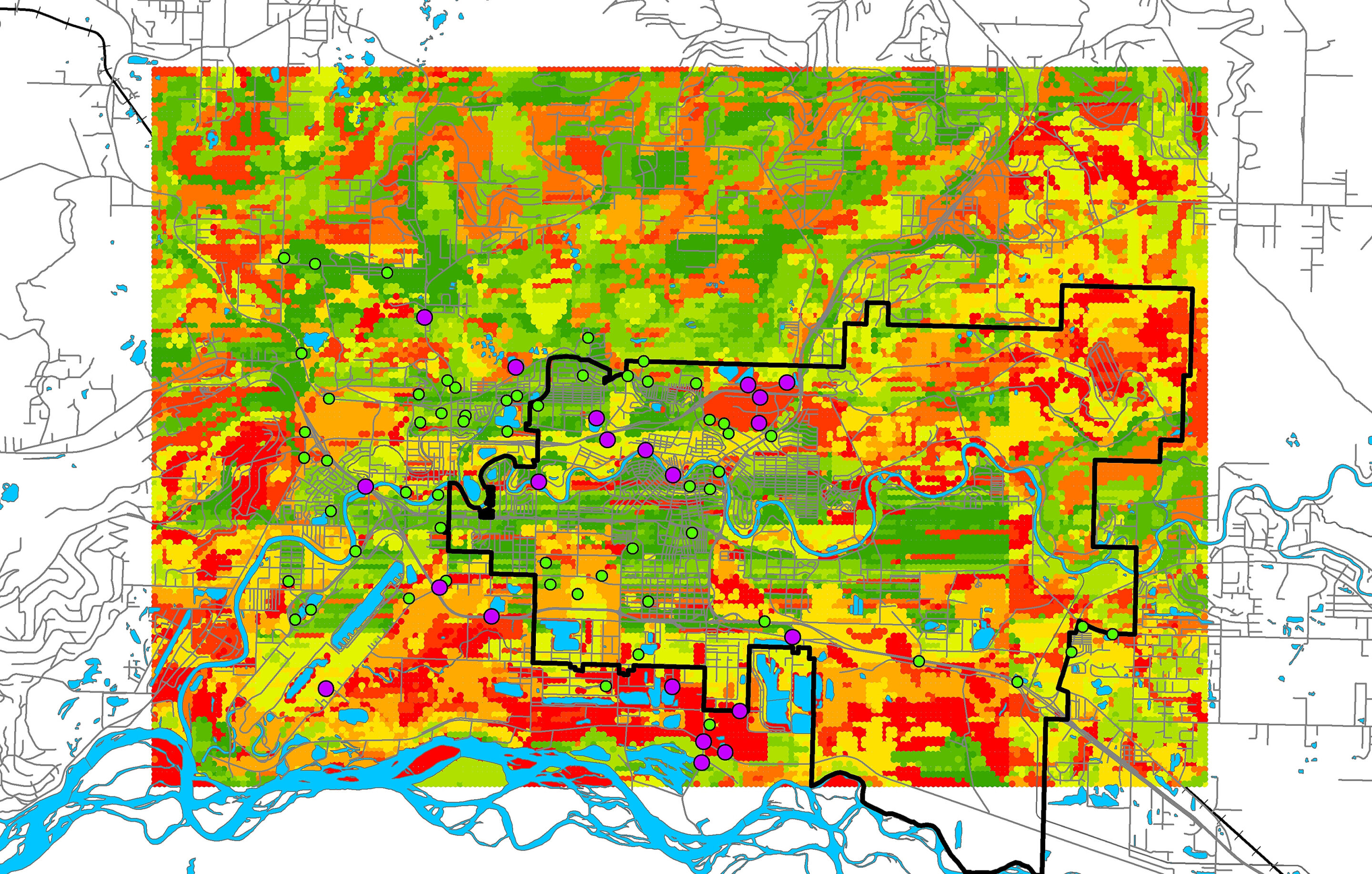A team of researchers from the University of Alaska Fairbanks recently published a study in Ecological Informatics that utilized artificial intelligence to shed light on a habitat shift among short-billed gulls.
During the months of May to August, the researchers discovered that short-billed gulls were occupying areas traditionally frequented by scavenging ravens, such as supermarket and fast-food restaurant parking lots, industrial gravel pads, and garbage dumpsters.
This groundbreaking study compiled a three-year dataset using a citizen science-based approach, providing valuable insight into the urban landscape’s impact on gull habitats in Alaska.
Lead author, UAF professor Falk Huettmann, and his team employed artificial intelligence modeling to analyze environmental variables and predict gull occurrences, building on previous research that focused on the distribution of the great gray owl.
The researchers also incorporated U.S. census and urban municipality data, including distances to roads, restaurants, waterways, and waste transfer stations, to further enhance their analysis.
2024-01-23 20:41:03
Article from phys.org
